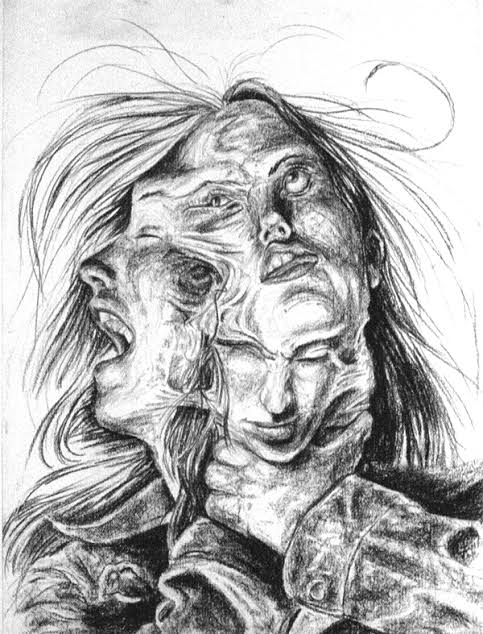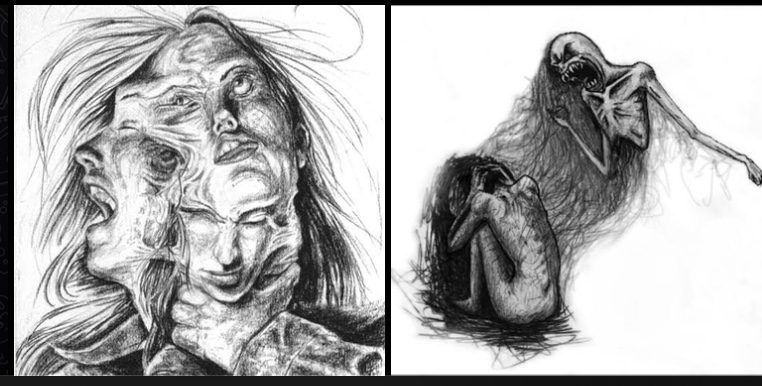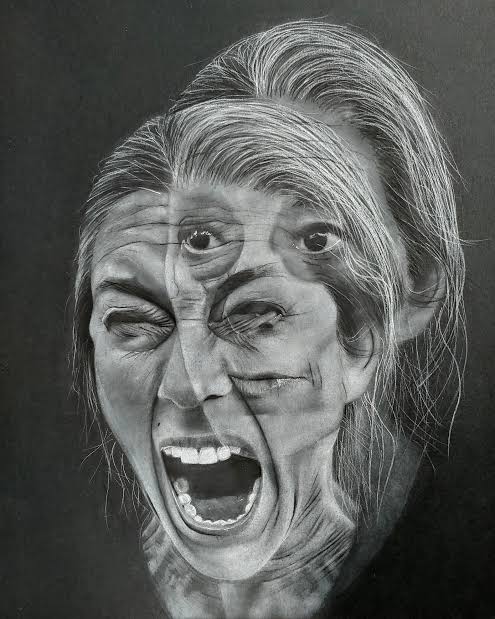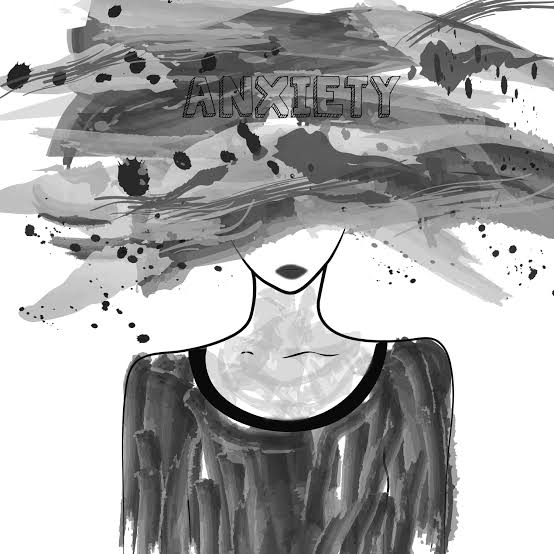This content is for informational and educational purposes only. Always consult a qualified healthcare provider.
Last Updated on January 18, 2024 by Grace Oluchi
Panic attacks and anxiety attacks are two of the most common mental health conditions that affect millions of people worldwide.


These disorders happen by sudden and intense episodes of fear, worry, and physical symptoms that can be debilitating and distressing. In this article, we will explore their causes, symptoms, and treatments and provide some helpful tips on how to manage these conditions.
📋 Table of Contents
Anxiety Attacks.
An anxiety attack, also known as a panic attack, is a sudden onset of intense fear or discomfort that often includes physical symptoms such as rapid heartbeat, sweating, trembling, and shortness of breath. Panic attacks can be triggered by a variety of factors, including stress, trauma, or a specific phobia.
The history of anxiety attacks dates back to ancient times, with descriptions of sudden and unexplained fear dating back to the Greek philosopher Hippocrates. However, it wasn’t until the late 19th and early 20th centuries that panic attacks were formally recognized as a distinct medical condition. Today, anxiety attacks are a well-known and frequently diagnosed mental health issue, and treatment options such as therapy and medication are widely available.
Panic Attacks.
Panic attacks are sudden episodes of intense fear and discomfort that typically last for a few minutes. Symptoms can include rapid heartbeat, sweating, shaking, shortness of breath, and a feeling of impending doom or loss of control.
The history of panic attacks dates back to the late 19th century, when the French physician Jean-Martin Charcot first described a condition, he called “hystero-epilepsy.” Later, in the early 20th century, American psychiatrist Sigmund Freud described a similar condition he called “anxiety hysteria.” It wasn’t until the 1980s that panic attacks were officially recognized as a distinct psychiatric disorder in the Diagnostic and Statistical Manual of Mental Disorders. Since then, research has shed light on the biological and psychological factors that contribute to panic attacks, leading to more effective treatments.
Causes of Panic Attacks and Anxiety Attacks.
Their causes are by a variety of factors, including genetics, environmental factors, and lifestyle choices. Some people may have these conditions due to their family history. Others may develop these conditions due to stressful life events, such as the loss of a loved one.


In addition, lifestyle factors such as diet, exercise, and sleep patterns can also contribute to their development. For example, consuming too much caffeine or alcohol can trigger panic attacks, while getting enough sleep and exercise can help reduce the risk of developing these conditions.
You May Also Read
- List of Emotions: Ways to Express What You’re Feeling.
- Benefits of regular physical activity on mental health.
- Ways To Overcome The Fear Of Commitment
- Borderline personality disorder relationship.
- The effects of stress on the body and how to manage it
Symptoms.
The symptoms of these conditions can vary from person to person but typically include a combination of physical and emotional symptoms.


Physical symptoms may include sweating, shaking, chest pain, shortness of breath, and a rapid heartbeat. Emotional symptoms may include a sense of impending doom, fear of losing control or going crazy, and a feeling of detachment from reality.
Similarities and Differences Between These Conditions.
Panic attacks and anxiety attacks are similar in that they both involve sudden and intense feelings of fear, worry, and physical symptoms.


However, there are also some differences between the two conditions.
Panic attacks usually happens by sudden and unexpected episodes of intense fear or discomfort that reach a peak within minutes.


Physical symptoms may include sweating, shaking, chest pain, shortness of breath, and a rapid heartbeat. Panic attacks may occur in response to a specific trigger, such as a phobia or a traumatic event, or may occur without an obvious trigger.
Anxiety attacks, on the other hand, are typically characterized by a more prolonged sense of worry or fear that may last for weeks or months.


Physical symptoms may include muscle tension, restlessness, irritability, and difficulty sleeping. Anxiety attacks may be triggered by specific situations, such as social situations or public speaking, or may occur without an obvious trigger.
One of the main differences between panic attacks and anxiety attacks is the duration and intensity of the symptoms. Panic attacks are typically more intense and shorter in duration than anxiety attacks, which can last for weeks or months. Additionally, panic attacks may occur without warning, while anxiety attacks may be triggered by specific situations.
Despite these differences, they are both treatable conditions.
Treatments for Panic Attacks and Anxiety Attacks.


There are several treatments available for panic attacks and anxiety attacks, including therapy, medication, and self-help techniques. Cognitive-behavioral therapy (CBT) is a type of therapy that is typically used to treat these conditions. This therapy helps individuals identify and change negative thought patterns and behaviors that may be contributing to their symptoms.
- Medications such as antidepressants and anti-anxiety medications may also be prescribed to help manage symptoms.


However, it is important to note that medication should always be used in conjunction with therapy and other self-help techniques.
- Self-help techniques such as deep breathing exercises, mindfulness meditation, and regular exercise can also be helpful in managing these conditions.


These techniques can help reduce stress and anxiety levels, improve mood, and promote overall mental and physical health.
The Key Takeaway.
You have the power to overcome anxiety and panic attacks with confidence and determination. Take charge of your thoughts and feelings and believe in yourself. You can do this! With every step you take towards managing your anxiety, you will feel more in control and empowered. Remember, you are capable of achieving anything you set your mind to. So, take a deep breath, let go of your fears, and embrace the present moment with positivity and enthusiasm. You got this!
A Message From MedSpurs.
Dear friend,
I’m sorry that you’re going through this difficult time. I want you to know that you’re not alone, and that I’m here to support you. These conditions can be overwhelming, but they are temporary, and you will get through this.


Take a few deep breaths and try to focus on your breath. You are safe, and you are in control. Remind yourself that this moment will pass, and that you’re stronger than you think.
Remember that it’s okay to ask for help. Reach out to someone you trust, or seek professional support. There is no shame in seeking help, and it takes courage to do so.
Most importantly, please know that you are loved and valued. You matter, and you deserve peace and happiness. Keep taking care of yourself, and know that you’re not alone.
Sincerely,
Grace.
What are the symptoms of a panic attack?
The symptoms of a panic attack may include rapid heartbeat, sweating, trembling, shortness of breath, and feelings of fear or dread. Panic attacks can be very intense and may last for several minutes.
What causes panic attacks and anxiety attacks?
Panic attacks and anxiety attacks can be caused by a variety of factors, including genetics, stress, trauma, and certain medical conditions. They may also be triggered by specific situations or events.
How can I manage my panic attacks and anxiety attacks?
Managing panic attacks and anxiety attacks may involve practicing relaxation techniques, such as deep breathing and meditation, engaging in regular exercise, and seeking professional help, such as therapy or medication.
Can panic attacks and anxiety attacks be cured?
While panic attacks and anxiety attacks can be very distressing, they can be managed and treated with the right approach. While there is no cure for panic attacks and anxiety attacks, many people are able to significantly reduce their symptoms and improve their quality of life.
How can I support someone who is experiencing panic attacks or anxiety attacks?
If you know someone who is experiencing panic attacks or anxiety attacks, you can offer support by listening without judgement, validating their feelings, and encouraging them to seek professional help. You can also help them practice relaxation techniques and offer practical assistance, such as driving them to appointments.

